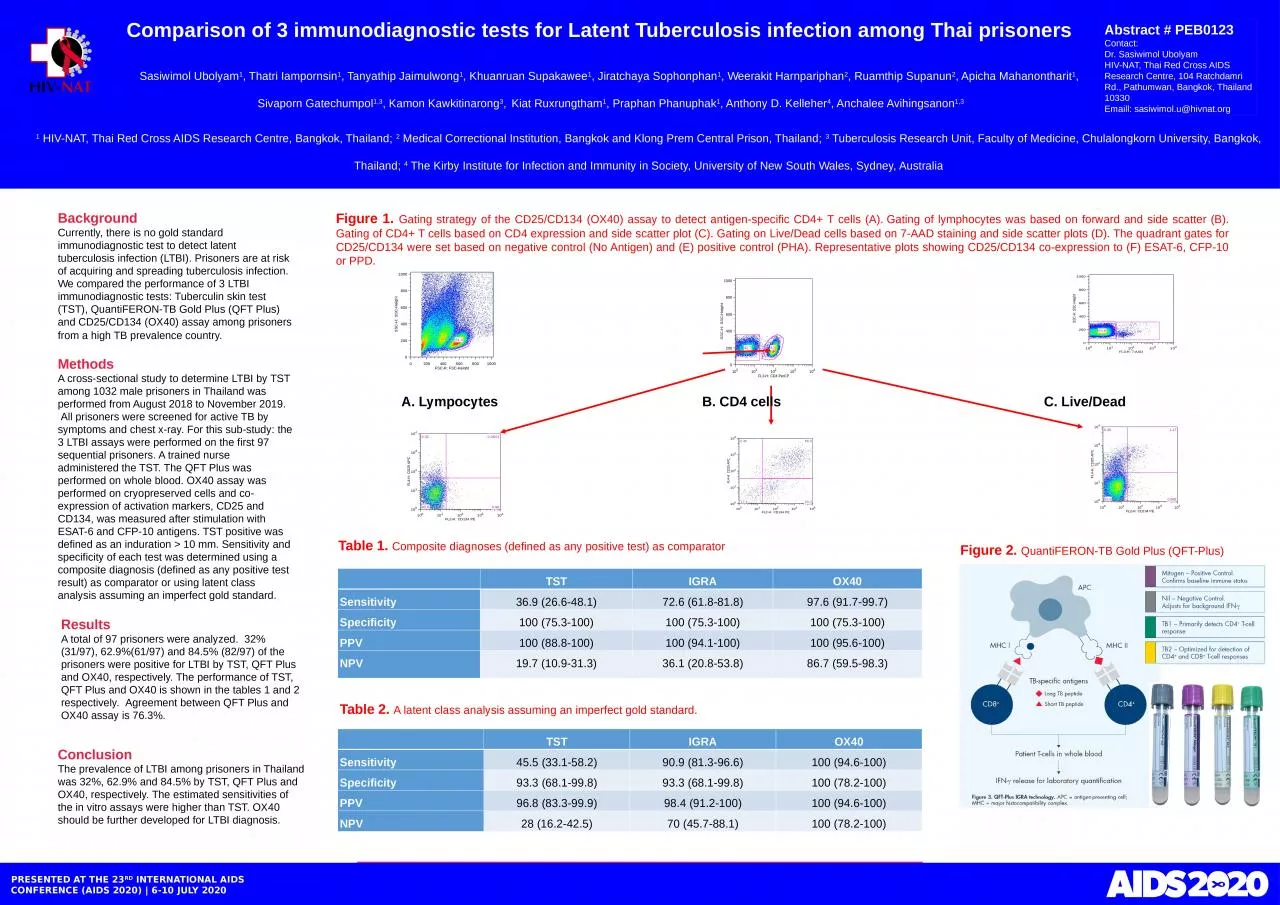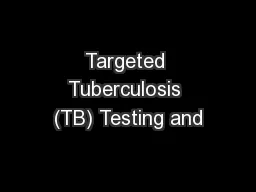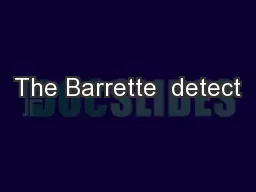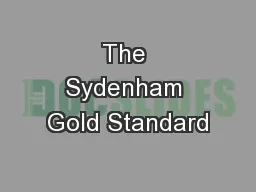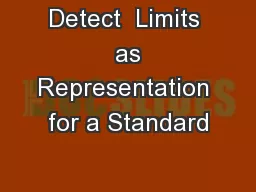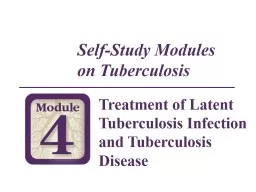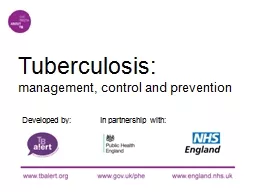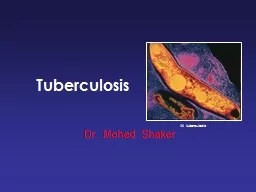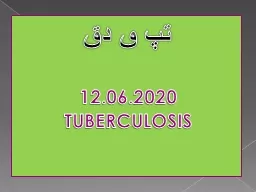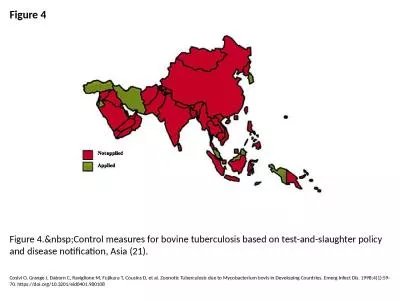PPT-Background Currently, there is no gold standard immunodiagnostic test to detect latent
Author : singh | Published Date : 2024-02-09
QuantiFERON TB Gold Plus QFT Plus and CD25CD134 OX40 assay among prisoners from a high TB prevalence country Methods A crosssectional study to determine LTBI
Presentation Embed Code
Download Presentation
Download Presentation The PPT/PDF document "Background Currently, there is no gold s..." is the property of its rightful owner. Permission is granted to download and print the materials on this website for personal, non-commercial use only, and to display it on your personal computer provided you do not modify the materials and that you retain all copyright notices contained in the materials. By downloading content from our website, you accept the terms of this agreement.
Background Currently, there is no gold standard immunodiagnostic test to detect latent: Transcript
Download Rules Of Document
"Background Currently, there is no gold standard immunodiagnostic test to detect latent"The content belongs to its owner. You may download and print it for personal use, without modification, and keep all copyright notices. By downloading, you agree to these terms.
Related Documents

